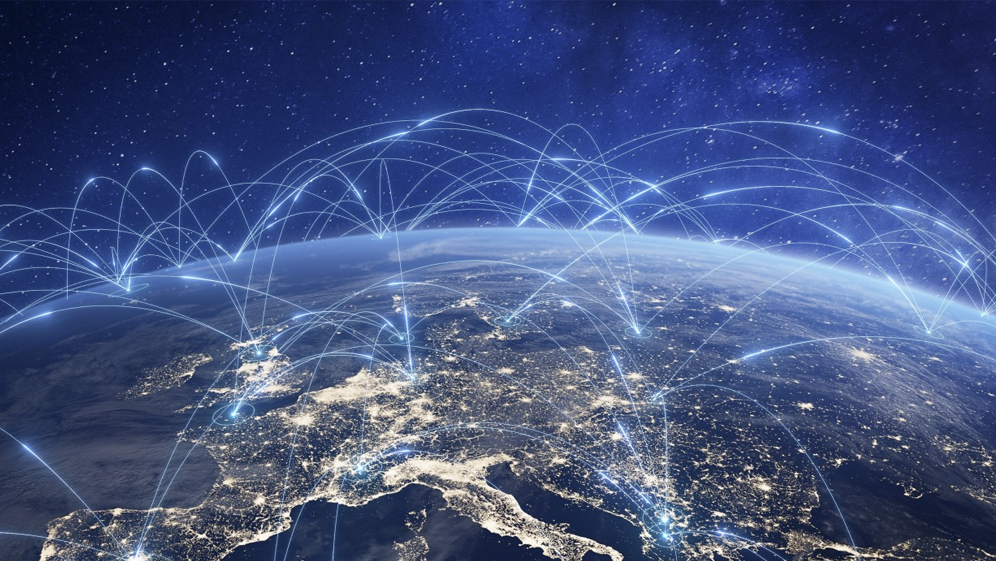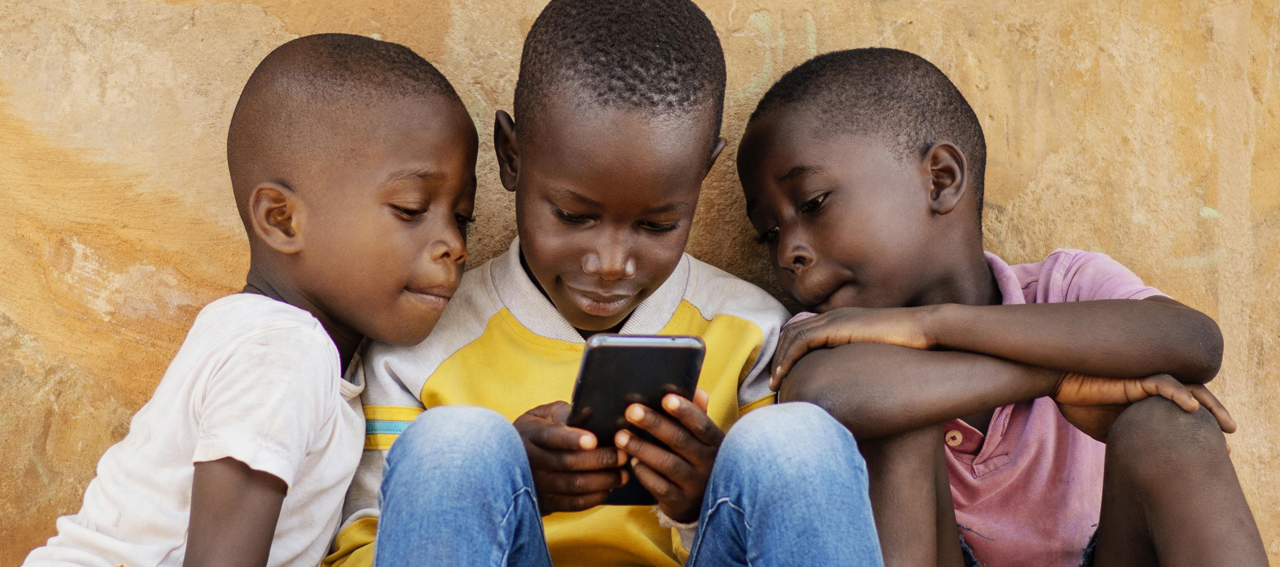
24 Jan Global Connectivity in 2024: Persistent Challenges and Notable Advances
Author: Celular Iberia
Date:: 24/01/2024
Category: Technology
“Global connectivity has undergone significant changes, but notable challenges remain, according to the latest data presented by the International Telecommunication Union (ITU). Although connectivity has become more accessible and affordable overall, the world is still seen to be divided into two speeds, with the poorest facing significant barriers to accessing online opportunities.”
Author: Celular Iberia
Date:: 24/01/2024
Category: Technology
“Global connectivity has undergone significant changes, but notable challenges remain, according to the latest data presented by the International Telecommunication Union (ITU). Although connectivity has become more accessible and affordable overall, the world is still seen to be divided into two speeds, with the poorest facing significant barriers to accessing online opportunities.”
Advances in Affordability.

The cost of Internet services has continued to decline globally. The global average price of mobile broadband services has fallen from 1.5% to 1.2% of average gross national income (GNI) per capita. This decline reflects a positive trend in Internet accessibility for a significant portion of the world’s population. However, despite these advances, the report highlights that cost remains a critical obstacle, especially in low-income economies. Global economic stresses, such as high inflation and uncertainty, may exacerbate difficulties in expanding Internet access in these areas.
Houlin Zhao, ITU Secretary-General, highlights the persistent paradox: “The Internet may be more affordable around the world, but for billions of people it is as inaccessible as ever.” He highlights the continued need to work on improving accessibility, even amid global economic challenges.
Connectivity Gaps:

As of early 2024, it is estimated that around 2.3 billion people, approximately 30% of the world’s population, still lack access to the Internet. Although this represents an improvement from 2022, the connectivity gap persists, and the pace of expansion is expected to be insufficient to achieve the ITU’s ambitious targets for universal, quality digital connectivity by 2030.
Persistent Gender Gap:
The gender gap in Internet access remains a prominent issue in 2024. Although some progress has been made over the past three years, with an increase in gender parity from 0.92 in 2022 to 0.94 in 2024, considerable challenges still remain.
Compared to men, women have less access to the Internet, with only 61% of women using the network, in contrast to 67% of men. This gap widens in low-income countries, where only 18% of women have Internet access compared to 29% of men. Doreen Bogdan-Martin, Director of the ITU Telecommunication Development Bureau, highlights the importance of addressing the gender gap: “Too many people still live in digital darkness. Our global goal is to achieve resources that enable everyone to the world will benefit from a quality connection.
Mobile Phone Ownership on the Rise:
The 2024 report presents data on mobile phone ownership, revealing that almost 80% of the world’s population aged 10 and over owns a mobile phone. This increase in ownership highlights the importance of mobile devices as the primary gateway to the Internet.
However, mobile phone ownership outpaces Internet usage, especially in low-income countries. This suggests that despite the availability of devices, the affordability barrier still limits effective access to online services.
Young People as Drivers of Connectivity:

The report indicates that young people aged 15 to 24 continue to be the driving force behind connectivity. In 2024, 78% of this age group has the ability to use the Internet, an increase of 3% from 2022. This progress contrasts with the generation gap in low-income economies, where only 42% of young people use the Internet compared to 25% of other population groups. Universality in connectivity, defined as 95% of a population group using the Internet, has already been achieved among young people aged 15 to 24 in high- and upper-middle-income economies. However, the gap persists in low-income economies, highlighting the need for targeted approaches to address generational disparities.
Conclusions and Future Challenges.
As we move into 2024, global connectivity has seen notable advances, but significant challenges remain. Affordability, gender gap and generational disparities are crucial aspects that require continued attention to achieve the vision of universal and equitable digital connectivity in 2030.
The Secretary General of the ITU, Houlin Zhao, concludes something that we at Celular Iberia subscribe to: “Despite the advances, connectivity remains a right that many cannot exercise. Our commitment must continue to be to work towards a future where connectivity is truly accessible to all, overcoming the economic and social barriers that still persist. In this context, the global community faces the challenge of transforming technological advances into real opportunities for all people, regardless of their location or income level.
Advances in Affordability.

The cost of Internet services has continued to decline globally. The global average price of mobile broadband services has fallen from 1.5% to 1.2% of average gross national income (GNI) per capita. This decline reflects a positive trend in Internet accessibility for a significant portion of the world’s population. However, despite these advances, the report highlights that cost remains a critical obstacle, especially in low-income economies. Global economic stresses, such as high inflation and uncertainty, may exacerbate difficulties in expanding Internet access in these areas.
Houlin Zhao, ITU Secretary-General, highlights the persistent paradox: “The Internet may be more affordable around the world, but for billions of people it is as inaccessible as ever.” He highlights the continued need to work on improving accessibility, even amid global economic challenges.
Connectivity Gaps:

As of early 2024, it is estimated that around 2.3 billion people, approximately 30% of the world’s population, still lack access to the Internet. Although this represents an improvement from 2022, the connectivity gap persists, and the pace of expansion is expected to be insufficient to achieve the ITU’s ambitious targets for universal, quality digital connectivity by 2030.
Persistent Gender Gap:
The gender gap in Internet access remains a prominent issue in 2024. Although some progress has been made over the past three years, with an increase in gender parity from 0.92 in 2022 to 0.94 in 2024, considerable challenges still remain.
Compared to men, women have less access to the Internet, with only 61% of women using the network, in contrast to 67% of men. This gap widens in low-income countries, where only 18% of women have Internet access compared to 29% of men. Doreen Bogdan-Martin, Director of the ITU Telecommunication Development Bureau, highlights the importance of addressing the gender gap: “Too many people still live in digital darkness. Our global goal is to achieve resources that enable everyone to the world will benefit from a quality connection.
Mobile Phone Ownership on the Rise:
The 2024 report presents data on mobile phone ownership, revealing that almost 80% of the world’s population aged 10 and over owns a mobile phone. This increase in ownership highlights the importance of mobile devices as the primary gateway to the Internet.
However, mobile phone ownership outpaces Internet usage, especially in low-income countries. This suggests that despite the availability of devices, the affordability barrier still limits effective access to online services.
Young People as Drivers of Connectivity:

The report indicates that young people aged 15 to 24 continue to be the driving force behind connectivity. In 2024, 78% of this age group has the ability to use the Internet, an increase of 3% from 2022. This progress contrasts with the generation gap in low-income economies, where only 42% of young people use the Internet compared to 25% of other population groups. Universality in connectivity, defined as 95% of a population group using the Internet, has already been achieved among young people aged 15 to 24 in high- and upper-middle-income economies. However, the gap persists in low-income economies, highlighting the need for targeted approaches to address generational disparities.
Conclusions and Future Challenges.
As we move into 2024, global connectivity has seen notable advances, but significant challenges remain. Affordability, gender gap and generational disparities are crucial aspects that require continued attention to achieve the vision of universal and equitable digital connectivity in 2030.
The Secretary General of the ITU, Houlin Zhao, concludes something that we at Celular Iberia subscribe to: “Despite the advances, connectivity remains a right that many cannot exercise. Our commitment must continue to be to work towards a future where connectivity is truly accessible to all, overcoming the economic and social barriers that still persist. In this context, the global community faces the challenge of transforming technological advances into real opportunities for all people, regardless of their location or income level.



Sorry, the comment form is closed at this time.